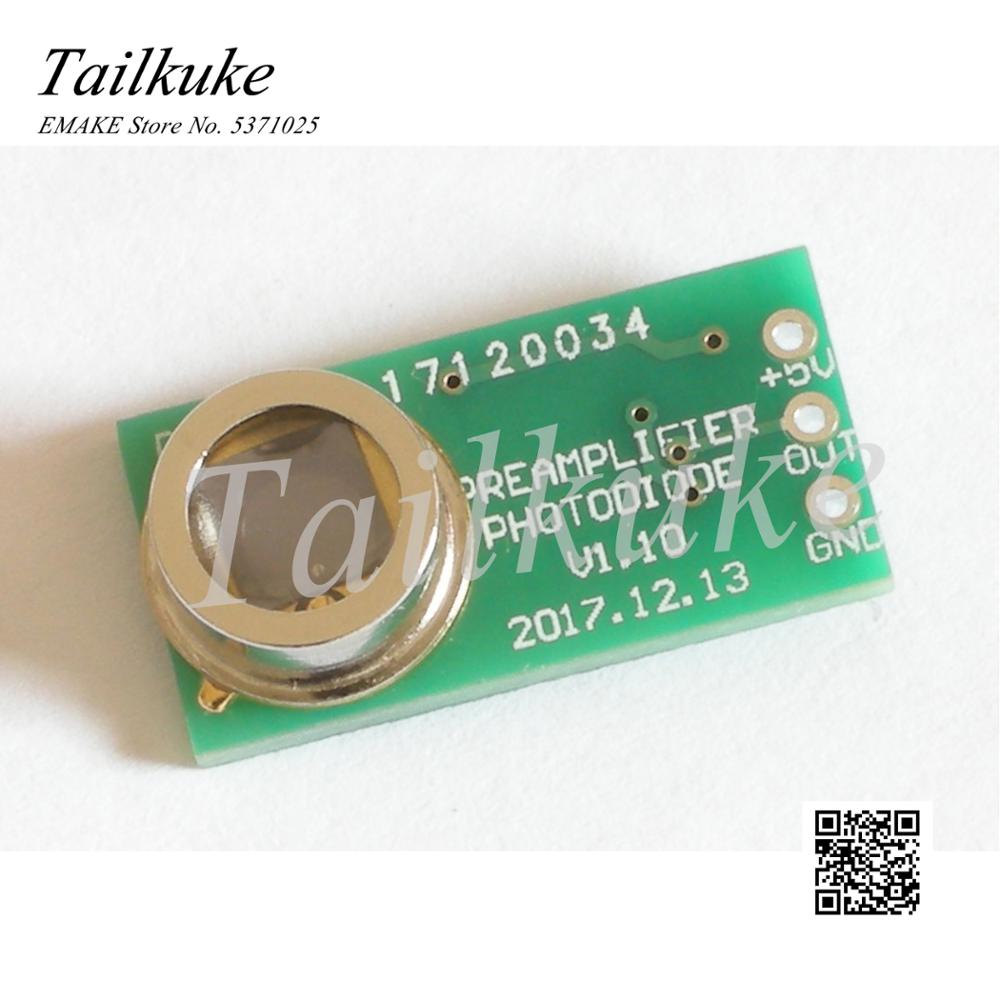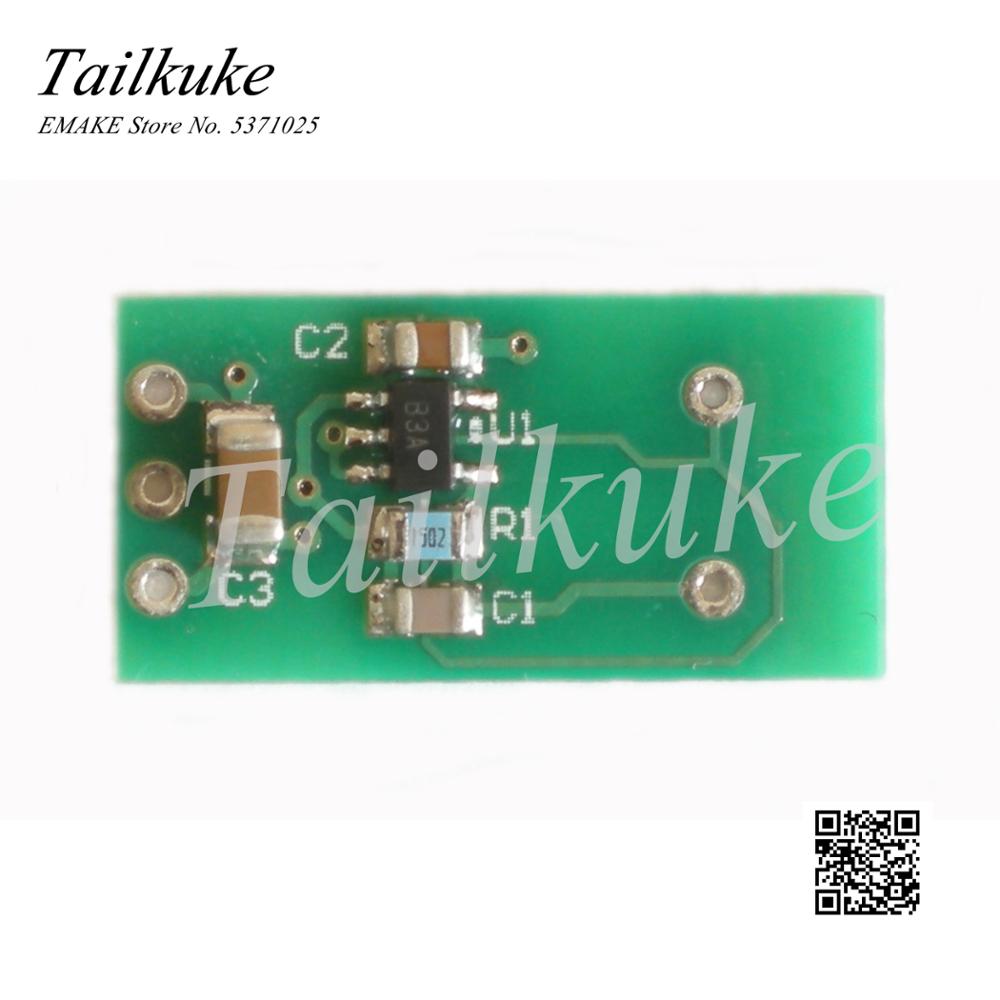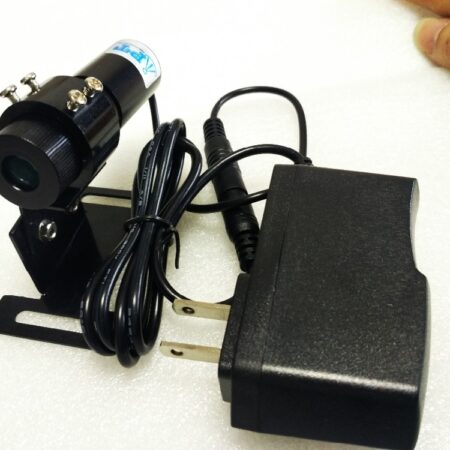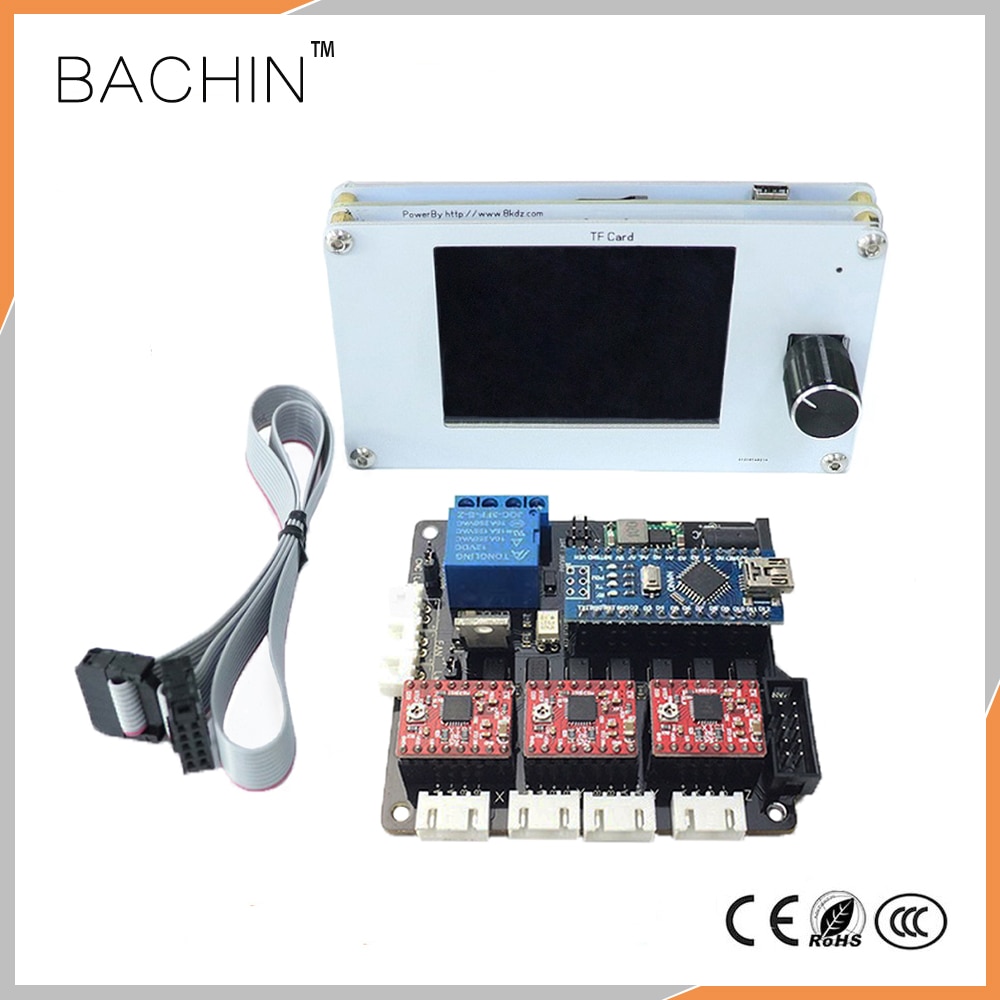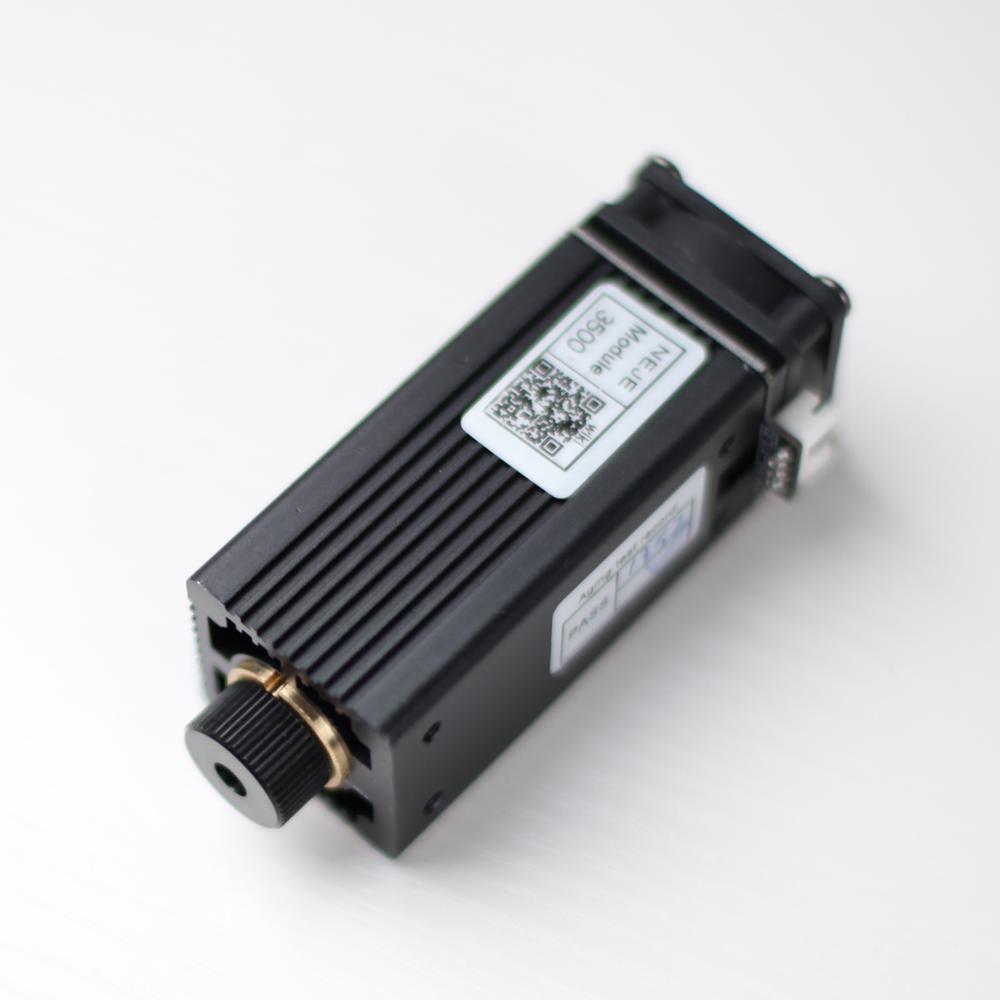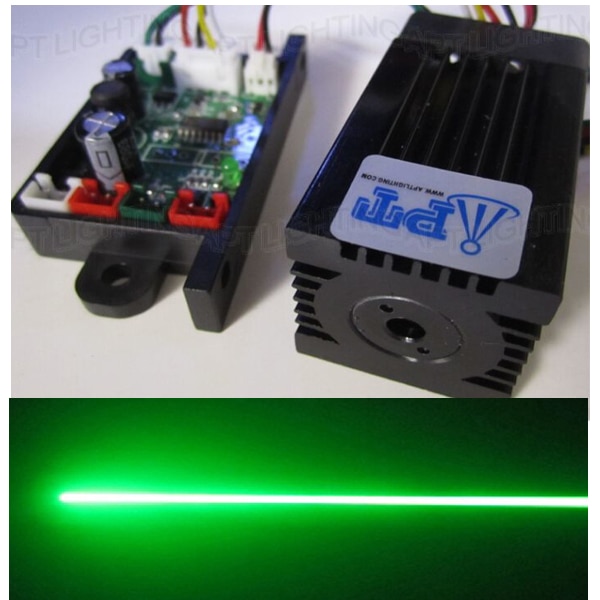Description
Photodiode is one of the most commonly used sensor types in many optical measurements。Such as absorption and emission spectra、Color measurement、Turbidity、The application of gas detection depends on the realization of precise optical measurement by photodiode。The photodiodes produce a current proportional to the amount of light that reaches the active region。Transimpedance amplifiers are required for most measurement applications,To convert the photodiode current to the output voltage。chart1Schematic diagram of display circuit。

chart1 Simple transimpedance amplifier circuit
The photodiode of the circuit works in photovoltaic mode,The operational amplifier keeps the voltage on the photodiode as0 V。This is the most common configuration in precision applications。The voltage current curve of photodiode is very similar to that of conventional diode,But the whole curve of the former will shift up or down as the light level changes。chart2aDisplay typical photodiode transfer function。chart2bIs the enlarged figure of transfer function,Even in the absence of light,The photodiodes also produce a small amount of current。This dark current increases as the reverse voltage on the photodiode increases。Most manufacturers use a reverse voltage of10 mVThe dark current of photodiode is given on the premise of。

chart2 Typical photodiode transfer function
After the light hits the active area of the photodiode,Current flows from cathode to anode。Ideally,All photodiode current flows through the diagram1Feedback resistance in,The resulting value is equal to the photodiode current multiplied by the feedback voltage of the feedback resistance。The circuit is simple in principle,But some problems must be solved if the system is to have the best performance。
DC considerations
The first problem is to select the operational amplifier with DC specification matching application requirements。For most applications,Low input offset voltage is the most important specification。Input offset voltage at amplifier output,This offset voltage will increase the total system error;In a photodiode amplifier,It also produces other errors。Input offset voltage on photodiode,Generate more dark current,Further increase system maladjustment error。Calibration by software、AC coupling——Or both——Eliminate the initial DC offset,But the larger misadjustment error will reduce the dynamic range of the system。Fortunately,,Input offset voltage in hundredsmVEven dozens ofmVWithin the scope of,There are plenty of op amps to choose from。The second important DC specification is the input leakage current of the op amp。Current enters the input of operational amplifier,Or go anywhere other than the feedback resistor,There will be measurement errors。There is no operational amplifier with zero input bias current,But someCMOSorJFETThe input op amp is very close to this value。FETThe input bias current of the input amplifier increases exponentially with the increase of temperature。Many operational amplifiers provide85°Cor125°CSpecifications below;But if not provided,A better approximation isEvery ten degrees of temperature rise,Double the current。
Another problem is to design and layout the circuit,So as to minimize the external leakage current path——Leakage current will affect the performance of low input bias current op amp。The most common external leakage current path is the printed circuit board itself。for example,chart3Display map1A feasible layout of middle photodiode amplifier。Pink routing+5 VPower supply rail,Supplies power to the amplifier and delivers power to the rest of the board。If in+5 VThe resistance between the wiring and the wiring carrying the photodiode current is equal to5 G(chart3Medium toRLExpress),that1 nACurrent will flow from+5 VRouting into amplifier。Obviously,This is closely related to the application1 pAThe target of operational amplifier is against。One way to minimize the path of external leakage current is to increase the resistance between the line carrying the photodiode current and any other line。This may be as convenient as adding a large routing exclusion zone around the route to increase the distance from other routes。In some extreme applications,Some engineers will cancelPCBRouting,Expose the photodiode leads to air and connect them directly to the op amp input pins。

chart3 Photodiode layout with drain current path
Another way to prevent the external leakage current is to lay a protection line beside the line carrying the photodiode current,And make sure that both wires are driven to the same voltage。chart4Display the protection wiring around the network carrying the photodiode current。+5 VThe leakage current generated by the wiring then passes throughRLIncoming protection wiring,Not into the amplifier。In this circuit,The voltage difference between the protection line and the input line is only related to the input maladjustment voltage of the operational amplifier——This is another reason why low input offset voltage amplifier should be selected。

chart4 Using protective wiring to reduce external leakage current
